No one wants to feel like they’re running a marathon or solving a mystery just to get a problem fixed. If your customers feel that way, it might be a red flag that something’s not quite right. Maybe there’s an issue with your product or the tools you use for support need some fine-tuning.
Luckily, there are plenty of ways to make things smoother for your customers.
And it all starts with tracking CES.

What is CES?
Customer Effort Score (CES) is a support metric that reflects the amount of work your customers have to put in to get a resolution to their inquiry.
Much like CSAT, it is measured by asking customers to rate whether they agree with a statement like: “Your company made it easy for me to handle my issue.”

Why measure Customer Effort Score (CES)?
When a customer has an issue, they want to get it resolved quickly and without fuss. They don’t want to jump through a bunch of hoops or spend a lot of time and effort. If they do, they might end up feline frustrated or even consider switching to a competitor.
And that’s where the Customer Effort Score comes in. By measuring how much effort customers need to put in to get their issues resolved, you can find out if your support is hitting the mark.
If your CES is low, it means your customers are finding it easy to get help. Great job! But if your CES is high, your customers have to work harder than they should. And that’s a signal for you to dig a little deeper and figure out what’s going wrong.
Is your support team not as responsive as it should be? Are your help resources hard to find or understand?
By measuring Customer Effort Score, you can identify these trouble spots and work on fixing them. It works like a compass, guiding you where you need to improve.
In short, measuring your Customer Effort Score helps you ensure your customers are having an easy, hassle-free experience. And when that happens, they’re more likely to stick around, tell their friends about you, and become loyal customers. So, measuring CES isn’t just good for your customers, it’s great for your business, too!

How to measure Customer Effort Score? Calculation
To start measuring Customer Effort Score (CES), think of a simple question you ask your customers. If you want to have more insights into your support quality, the Customer Effort Score question might look something like this: “Was it easy for you to get your issue resolved?”
To know the answer, you first have to show it to your customers and let them score your business on a predefined rating scale. One common method is to use a scale from 1 to 7, where 1 means “It was very difficult” and 7 means “It was very easy”.
✨ Most customer surveys use 3-, 5-, or 7-point scales, but it doesn’t mean that yours can’t be different. Read more about the pros and cons of different rating scales →
So let’s say a customer had an issue, reached out to your support team, and got their problem solved. You then send them this question and they rate their customer experience. If they rate it a 7, it means they had a super easy time getting their issue resolved. But if they rate it a 1, it means they had to go through quite a bit of trouble.
You then repeat this process for all your customers who have interacted with your support team. You collect all their ratings, add them up, and then divide them by the total number of responses. The result is your average Customer Effort Score.
Customer Effort Score calculation:
(Total sum of responses / Number of responses) x 100 = Customer Effort Score (CES) score = 100%
The lower your average CES, the harder it was for your customers to get their issues resolved. On the other hand, a higher average Customer Effort Score means you’re doing a great job at reducing customer effort and making things easy for your customers.

How to collect Customer Effort Score surveys?
There are tons of ways to gather customer reviews. You can do it the old-fashioned way (manually), or you could let a tool do the heavy lifting (automated). Unless you are a very small business, you likely want to opt for the latter.
Here are the three most popular ways to collect CES surveys for your consideration:
- Create a custom Customer Effort Score survey that you send to your customers via email. It can be a simple online form with a single question and a rating scale of your choice. However, this takes time to design and implement and requires ongoing manual upkeep to track responses.
- Send pre-built CES surveys from your helpdesk. These days, most customer service tools include features for sending out customer surveys after support interactions. It’s one of the easiest ways to combine Customer Effort Score questions with your support performance.
- Use a third-party tool for advanced customer surveys and reports. Some quality management solutions like Zendesk QA (formerly Klaus) come packed with AI-powered features that can help collect and analyze customer satisfaction data.
When to send CES surveys?
Checking in with your customers at different stages can give you a wide view of your service quality. In case you’re wondering when the best time to send your Customer Effort Score survey is, here are a few suggestions:
- Right after a purchase: If you only want to ask your customers for CES once, this is the time. You’ll get a peek into their overall customer experience. But keep in mind, people are usually pretty happy right after they buy something, so consider asking at other times too.
- When you release new features or product updates: Sending out a CES survey is a quick way to see how customers react to changes. But remember, big changes can sometimes lead to negative feedback because people like what they’re used to.
- After every support interaction: Your support team chats with your customers every day. The quality of those chats can greatly impact the customer experience, so it’s a good idea to send a Customer Effort Score survey after each interaction.
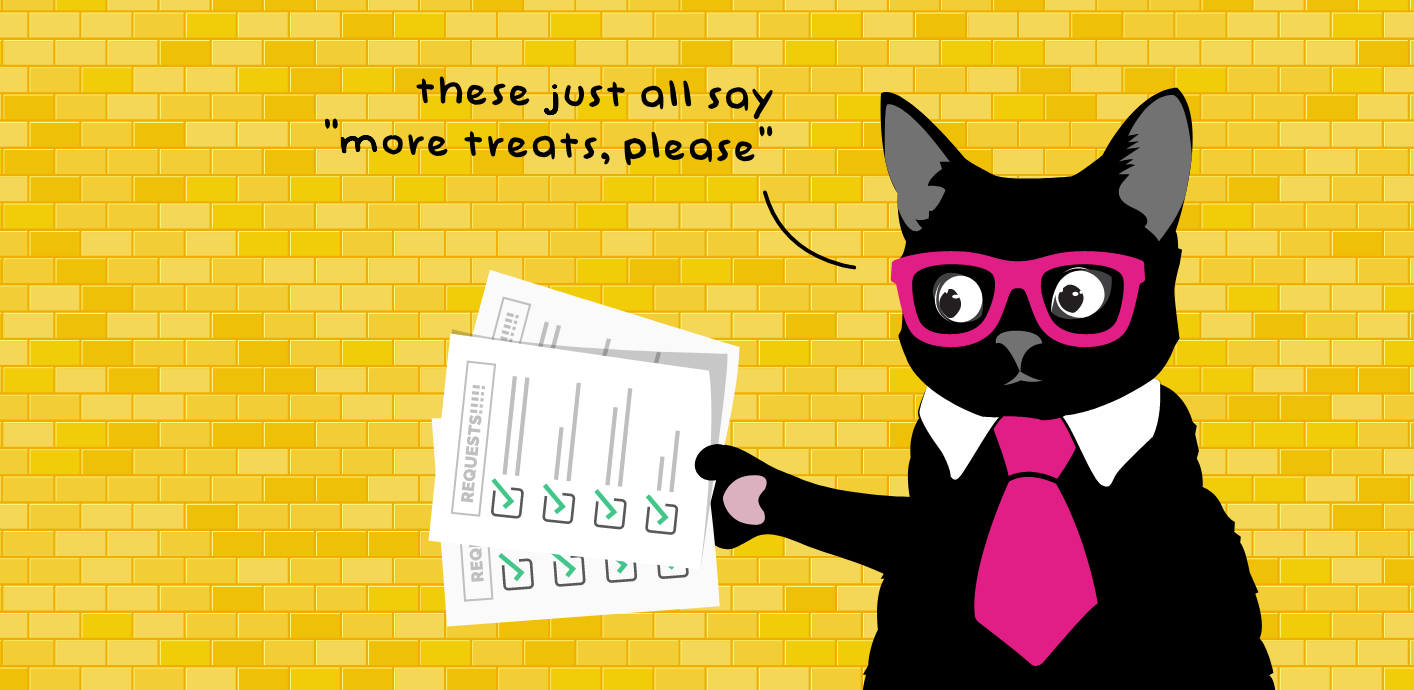
How to get higher response rates for your Customer Effort Score surveys?
When it comes to collecting CES surveys, the golden nuggets of insight often come from those open-ended comments. This is where customers can break free from the set answer options of the CES survey and really speak their minds.
The only issue is: the average response rate to customer surveys is usually pretty low.
Apart from asking for feedback at the right moment (and doing so regularly), you can also get higher response rates for your CES surveys if you:
The more detailed a response is the better — when customers leave comments, it gives you far more context for their opinions. However, our memories are never as good as we think they are.

What’s a good Customer Effort Score? Benchmark
Once you calculate your CES score, you might be wondering if it’s a good or a bad one.
Based on Gartner’s Customer Effort Score benchmark, any CES Score below 70% indicate areas that require improvement, while scores above 90% suggest that the product or company is doing great.
When benchmarking CES, it makes more sense to compare your current score with one from the past — for example, 6 months ago. Instead of comparing it to other companies, this approach will provide more valuable insights into your Customer Effort Score and the progress made by your business.
✨ For more insights on customer satisfaction metrics and benchmarks, download the Customer Service Quality Benchmark Report for free.

How to improve Customer Effort Score?
Support should come effortlessly and not be a burden. Customers shouldn’t be pulling teeth to get their problems resolved — and if they do, it probably indicates a larger issue with your product, tooling, or the way you do support. Here’s what you can do to improve your Customer Effort Score:
1. Analyze customer effort across their entire lifecycle
Pay attention to the touchpoints where your CES score decreases. While customer satisfaction may initially be positive at the beginning of their journey, if it declines along the way, it’s important to investigate what factors are dragging your Customer Effort Score down.
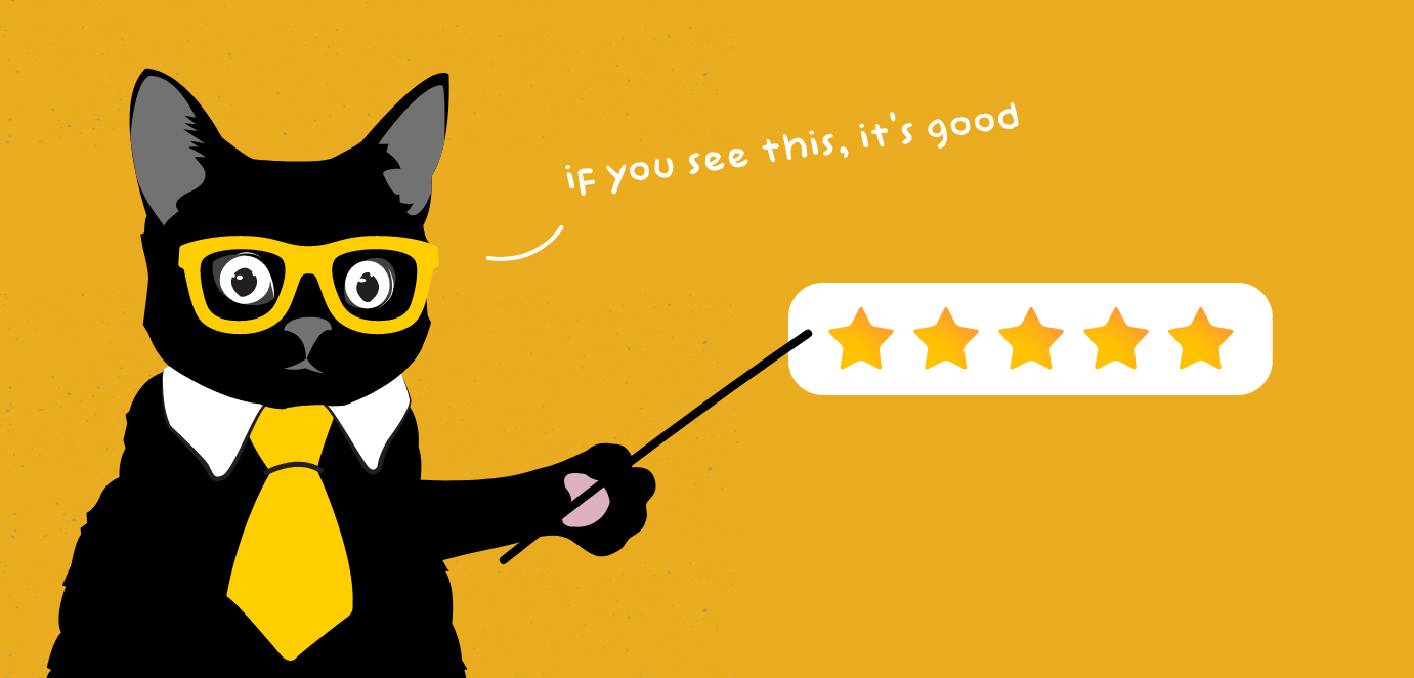
2. Follow up on customer feedback
Remember that customers leave feedback only for a fraction of their interactions with your company. Whenever you receive a review from users, make the most of it. Following up on CES surveys is a great way to boost customer loyalty.
Start by asking dissatisfied customers about their issues and try to address them if possible. You can set up an automated follow-up survey targeting those who gave a poor Customer Effort Score or personally reach out to each of them, depending on your capacity and support volume.
Also, take a moment to appreciate the positive customer feedback. Often, teams focus solely on negative feedback and forget to acknowledge users who provided high scores and paw-sitive reviews. Don’t forget to recognize and commend agents who have earned customer praise as well.
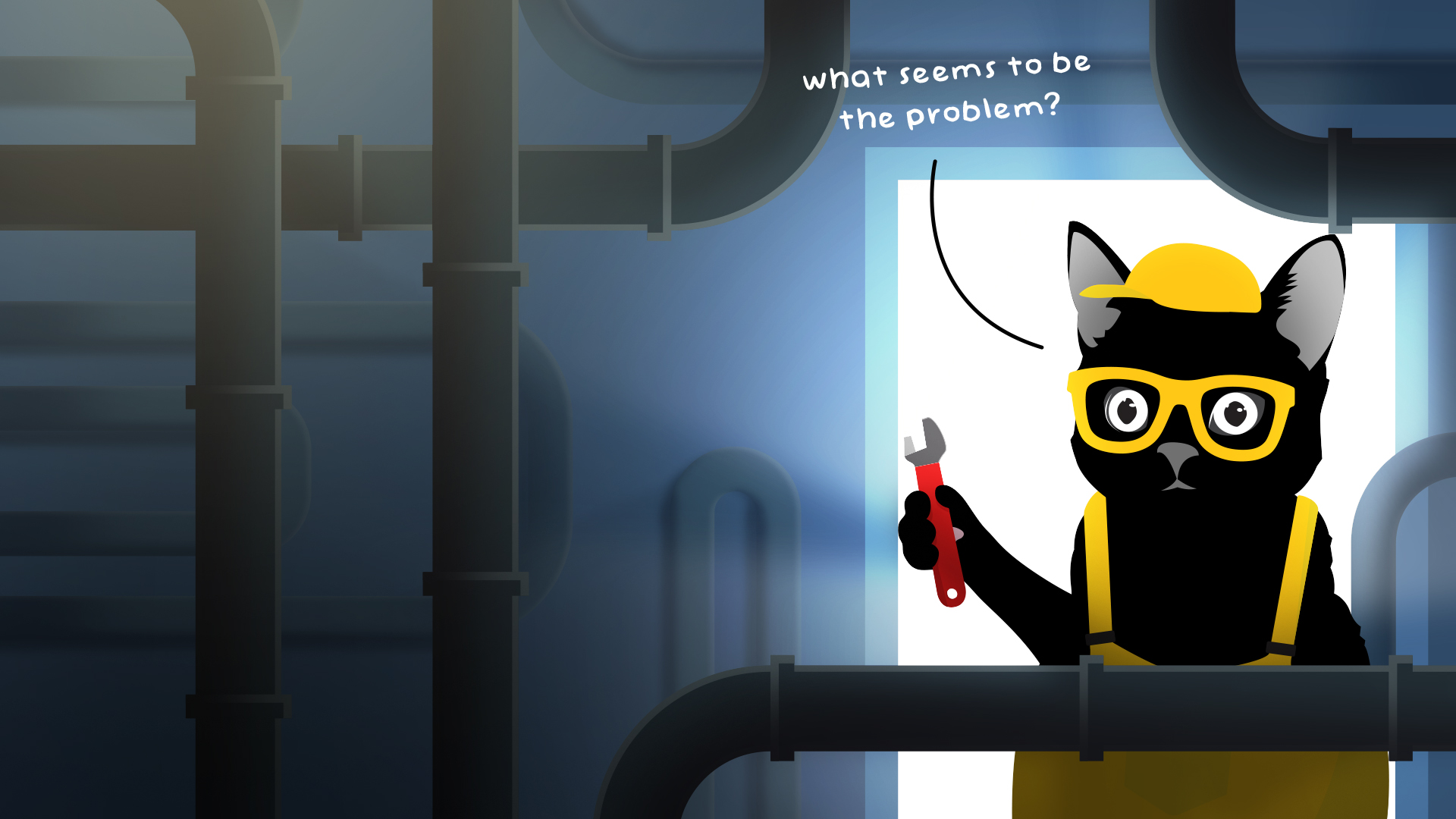
3. Pair your Customer Effort Score with the Internal Quality Score
Successful customer service teams not only track CES but also analyze the feedback received and take action based on it. Conversation reviews are a systematic means of doing so, as peers, dedicated QA specialists, or managers analyze support interactions based on internal quality standards to measure the Internal Quality Score (IQS).
Reviewing conversations helps determine whether low CES ratings are a result of your support team’s performance or if there are other business areas affecting it, such as the quality of the product. If your IQS is high but your Customer Effort Score is low, it suggests that your support team is not to blame.

4. Hold regular 1-to-1 & training sessions with your support reps
Not all customer feedback will directly relate to the quality of customer service, but some will. It’s crucial to foster an open feedback culture within your support team. To keep your customer support team performing at their best, provide regular feedback on their performance, both constructive and positive. If they don’t know what needs improvement, it’s difficult for them to become better.
That being said: Invest in employee training and empower your customer service representatives with the necessary knowledge, tools, and authority to resolve customer issues efficiently. By doing so, you can minimize the need for customers to contact support repeatedly, thereby reducing customer effort.

5. Provide self-service options
Implementing self-service options can significantly reduce customer effort. Customers appreciate being knowledgeable and having the freedom to find information on their own. Studies show that almost half of surveyed customers actually prefer to solve problems independently instead of reaching out for support.
However, it’s important to note that an equal number of customers have faced challenges with self-service options because the information provided was not sufficient.
If you haven’t already, create comprehensive and easy-to-navigate knowledge bases, FAQs, and tutorials that empower customers to find answers to their questions independently. Additionally, consider implementing intelligent search functionalities or chatbots that can quickly provide relevant information and guidance.
Then, make sure you keep these resources up to date so that customers can find accurate answers to their questions at all times.
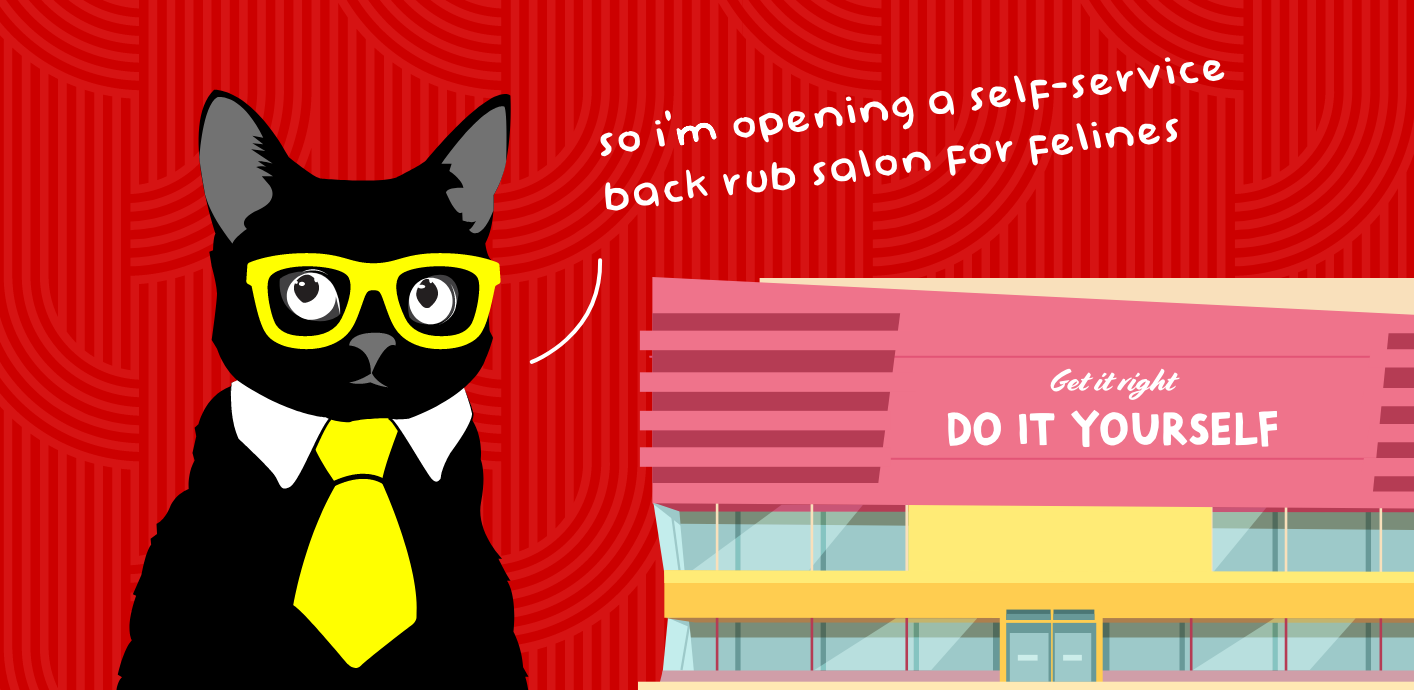
What are the limitations of the Customer Effort Score (CES)?
While Customer Effort Score (CES) is a valuable metric for gauging customer experience, it is important to acknowledge its limitations.
Firstly, the Customer Effort Score focuses primarily on the ease of the customer’s interaction with a specific touchpoint or process, rather than providing a comprehensive view of the overall customer journey. This narrow focus may overlook other crucial aspects of the customer experience that influence satisfaction and loyalty, such as product quality.
Secondly, CES is a subjective measure that relies on customers’ perception of effort. It can be influenced by various factors, including individual expectations and prior experience. Different customers may have varying interpretations of what constitutes “effort” in their specific context, making it challenging to establish a universal benchmark or comparison across different industries or companies.
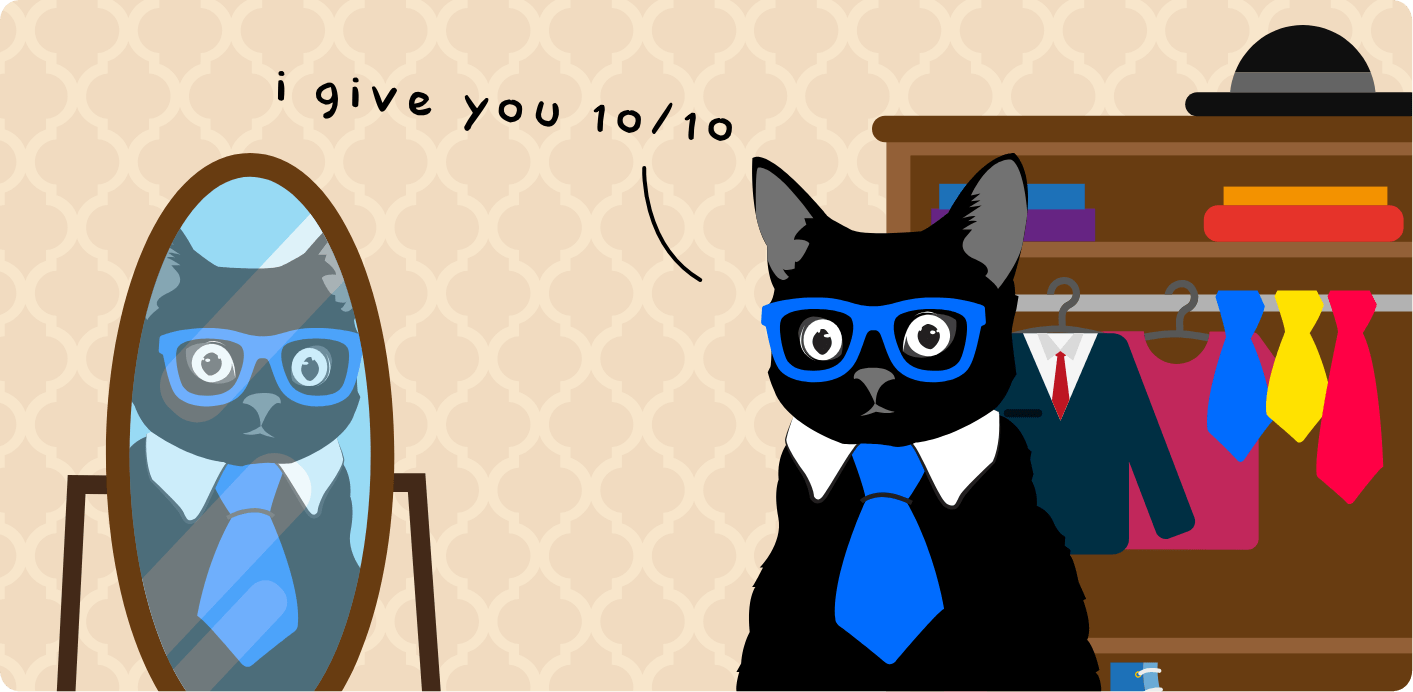
Another limitation of CES is that it may not capture the long-term impact of either low- or high-effort service interaction on customer loyalty and repeat business. While a low Customer Effort Score score may indicate dissatisfaction or frustration at a particular moment, it does not necessarily reflect the customer’s likelihood to remain loyal or recommend the company in the future.
Customer loyalty is a complex outcome influenced by multiple factors beyond just effortless customer experience, including product performance, brand affinity, and competitive alternatives.
Overall, while Customer Effort Score offers valuable insights into specific touchpoints and process efficiency, it should be complemented with other customer service metrics like Net Promoter Score (NPS) or Ticket Volume to gain a more comprehensive understanding of how well your business is doing.
How much customer effort is enough?
Tracking Customer Effort Score (CES) is crucial for ensuring a seamless and hassle-free experience for your customers. By tracking CES, you can identify areas where customers are facing unnecessary challenges and take steps to improve their experience.
To measure CES, you can ask customers a simple question about the ease of interacting with your product and resolving their issues. Customer Effort Score calculation will then help you grasp how much effort your customers have to put in.
A low-effort experience means that customers find it easy to use your products and get help. The higher the CES, the more effort it takes. There’s not much data on Customer Effort Score benchmark out there, but anything above 90% signals a good CES.
Collecting CES surveys can be done manually, but utilizing automated tools or integrating CES surveys into your helpdesk software can streamline the process and improve response rates. It’s important to ask for feedback at various touchpoints, such as after a purchase, after support interactions, or when releasing new features, to gather a comprehensive view of the customer experience.
To improve your CES score, you need to analyze customer satisfaction across their entire lifecycle, paying attention to touchpoints where CES decreases. Additionally, pairing CES with an Internal Quality Score (IQS) can help pinpoint areas that may be impacting customer effort. Following up on customer feedback, conducting regular 1-to-1 and training sessions with every customer service representative, and providing self-service tools are effective strategies for decreasing customer effort.
We’re ready when you are.




